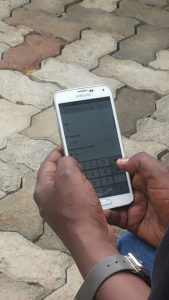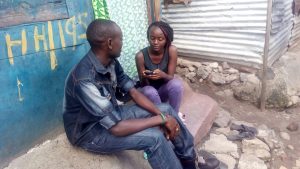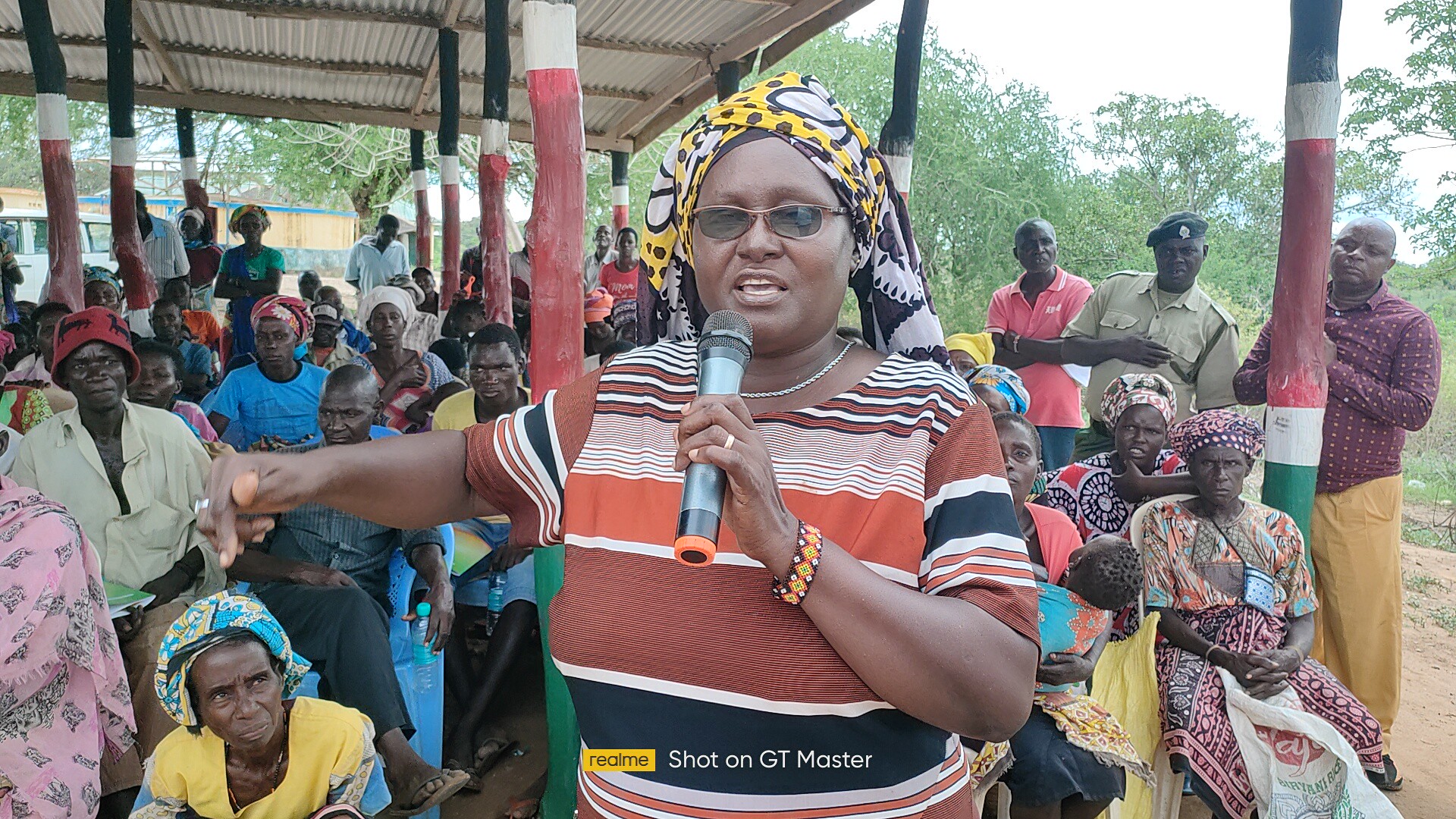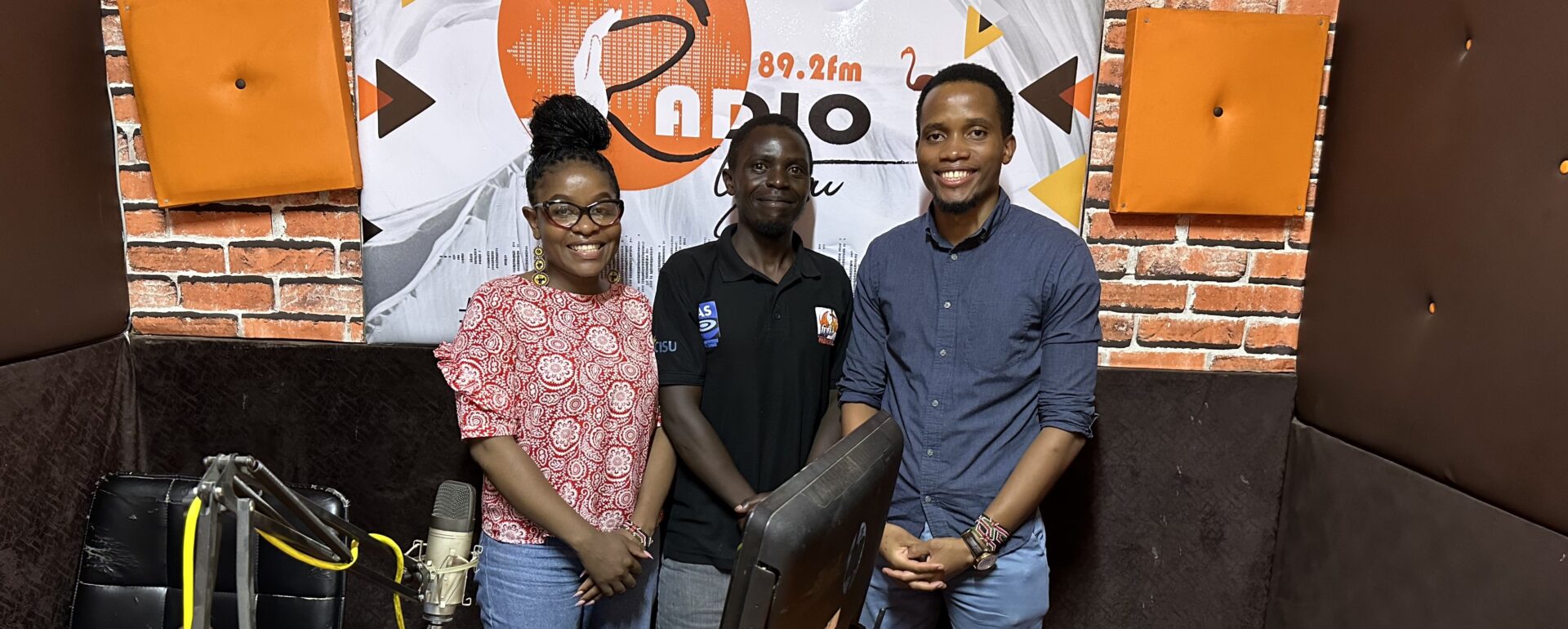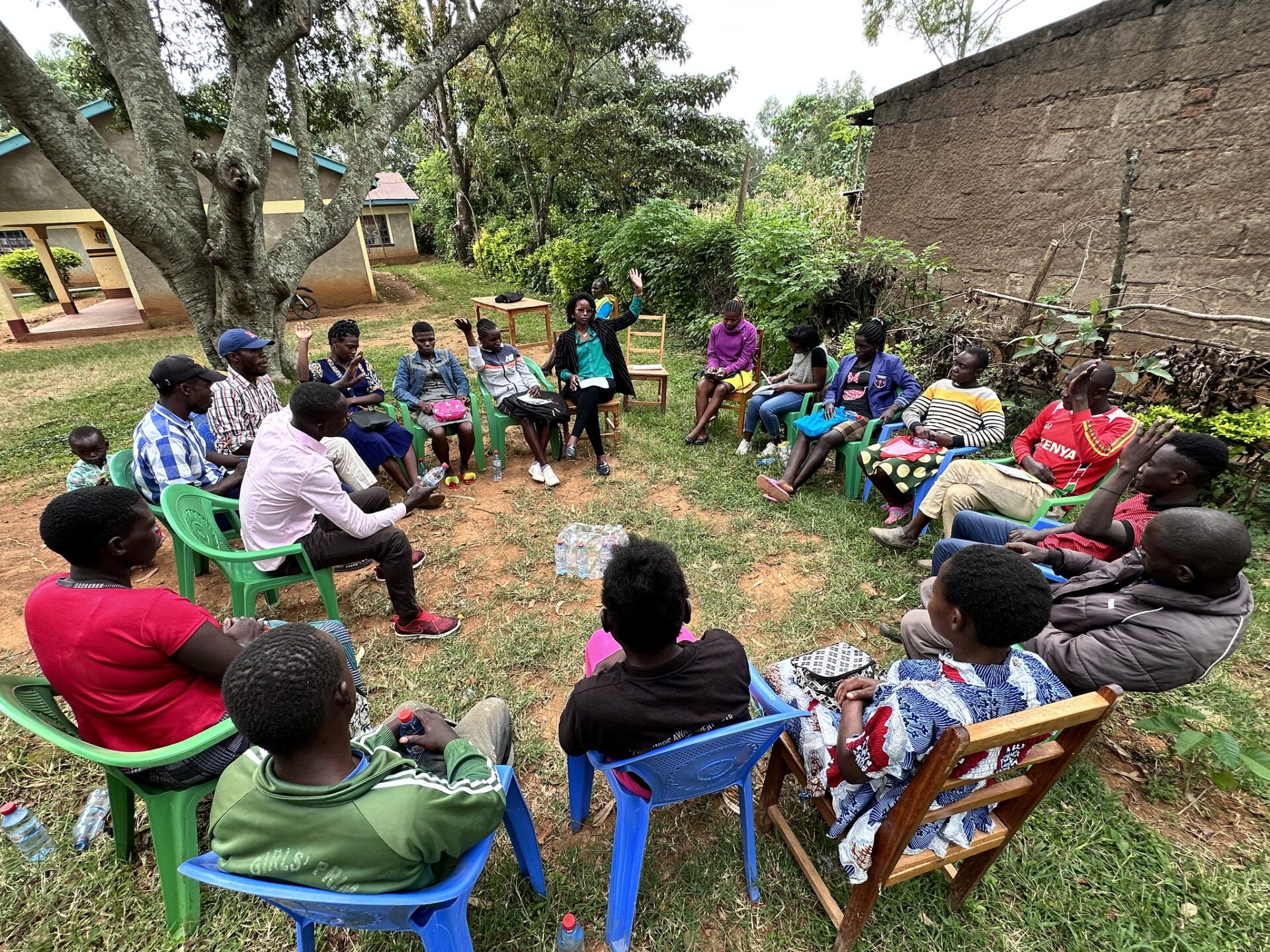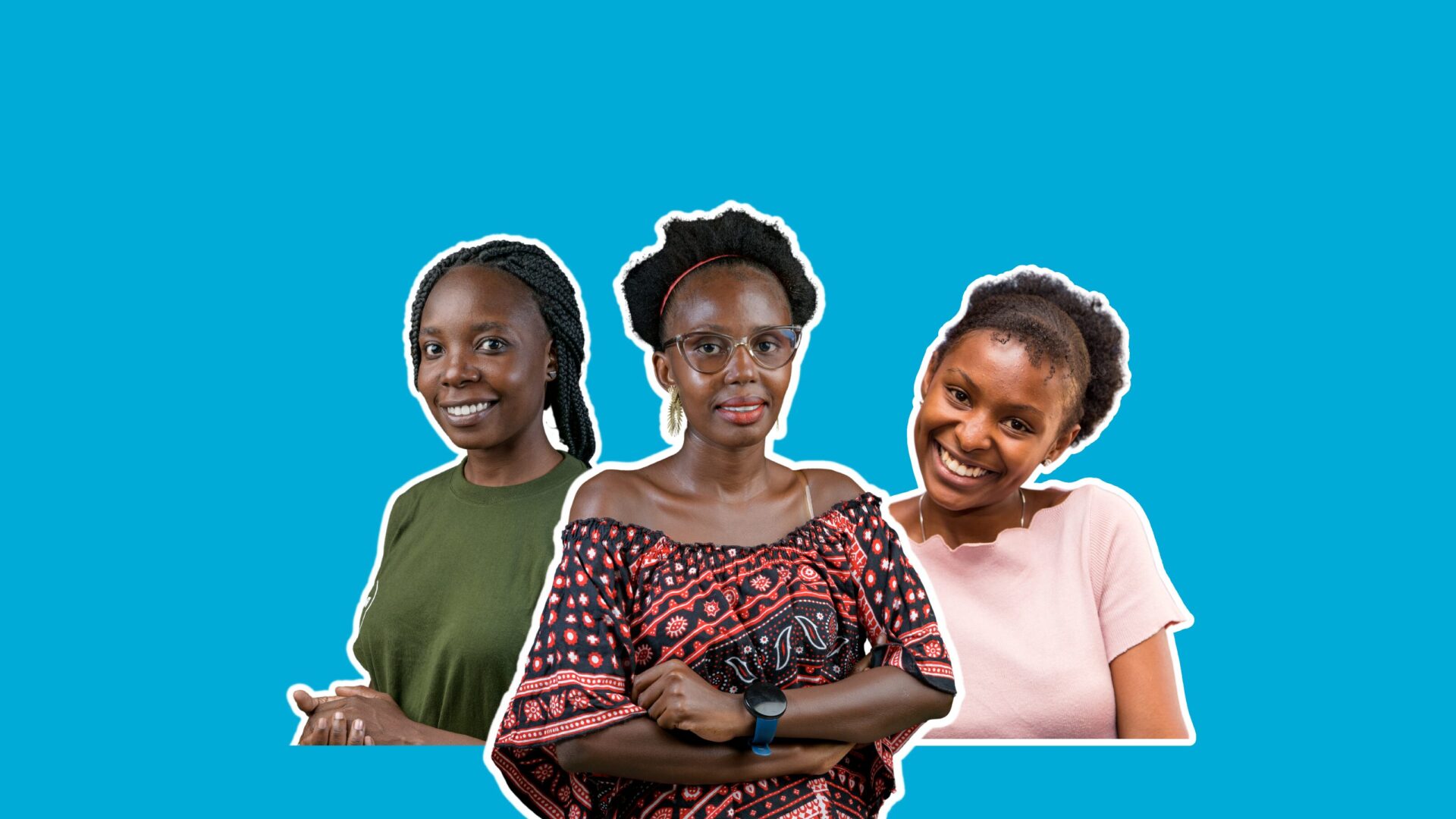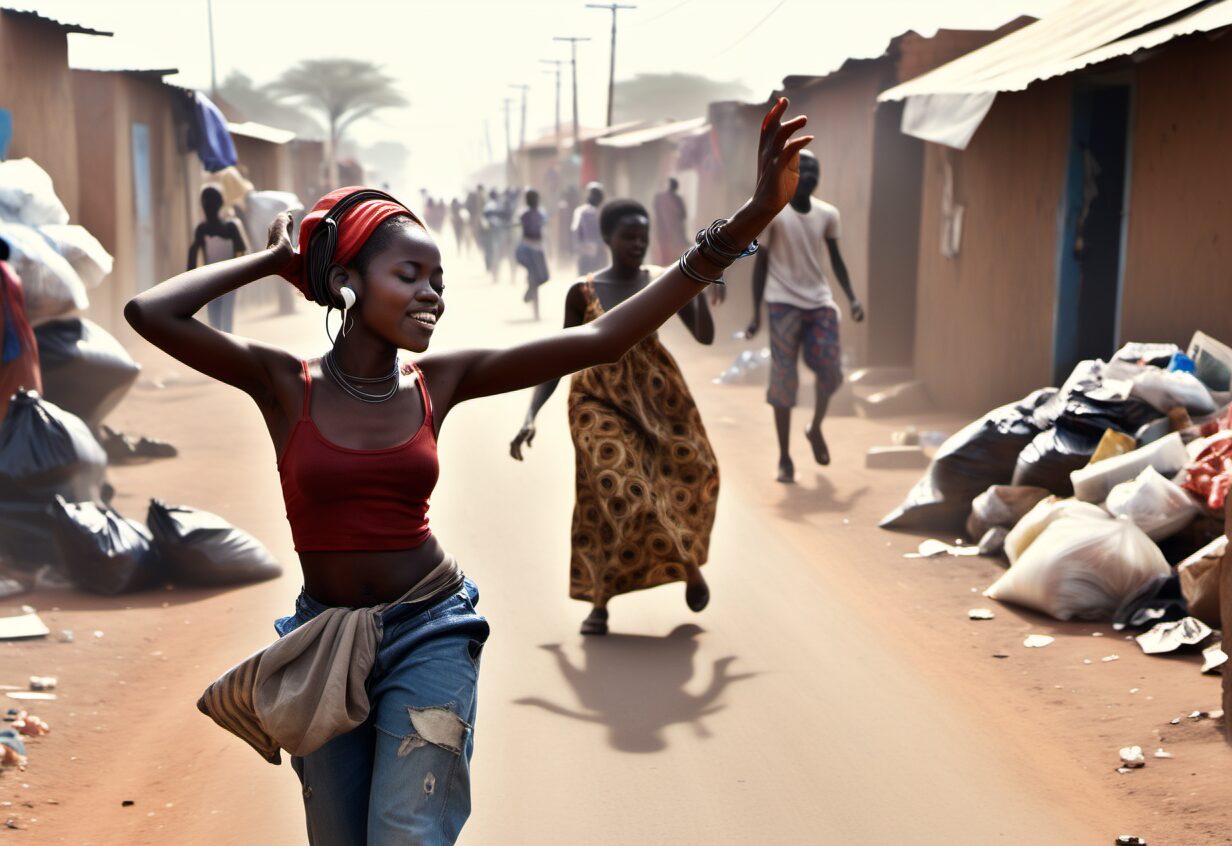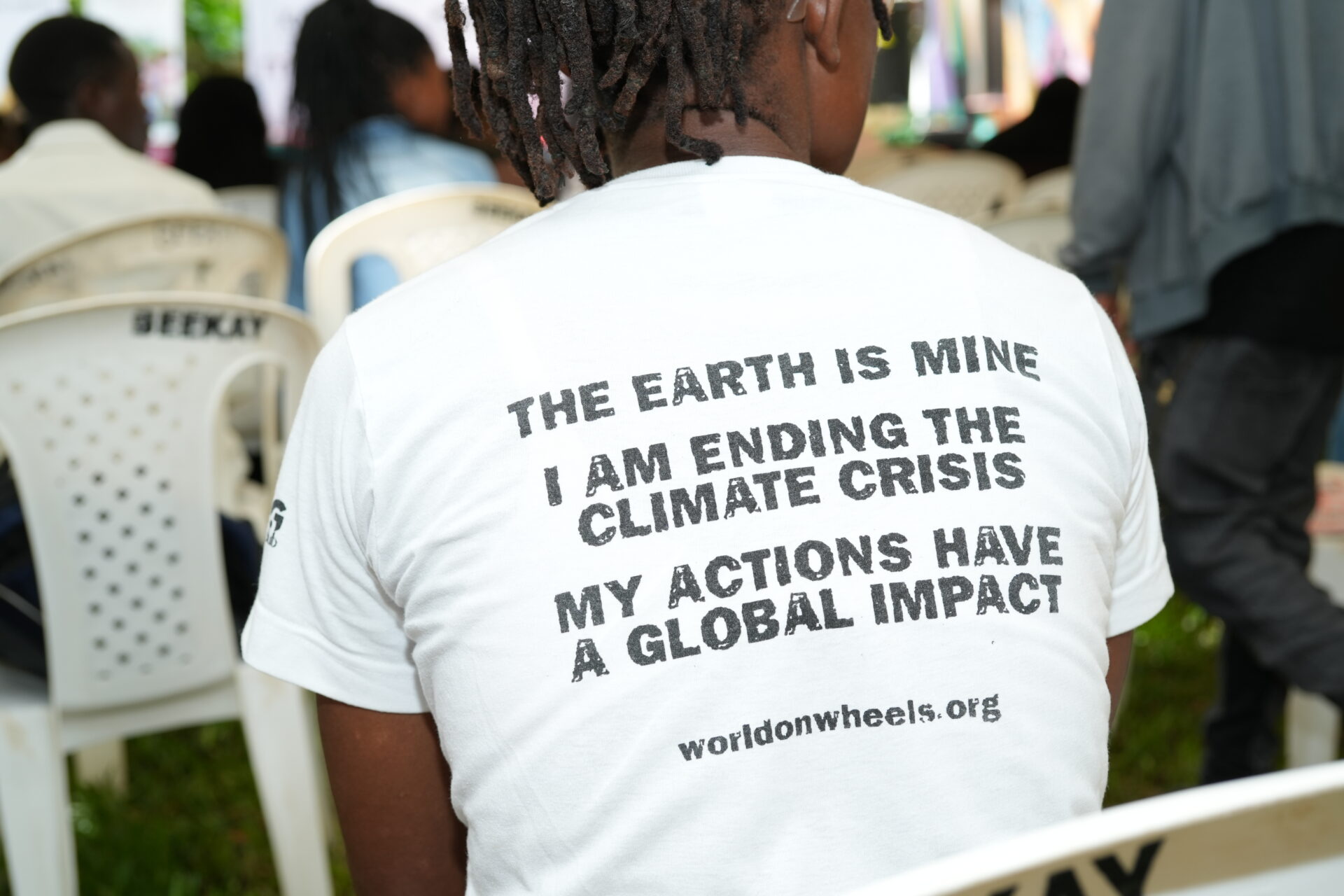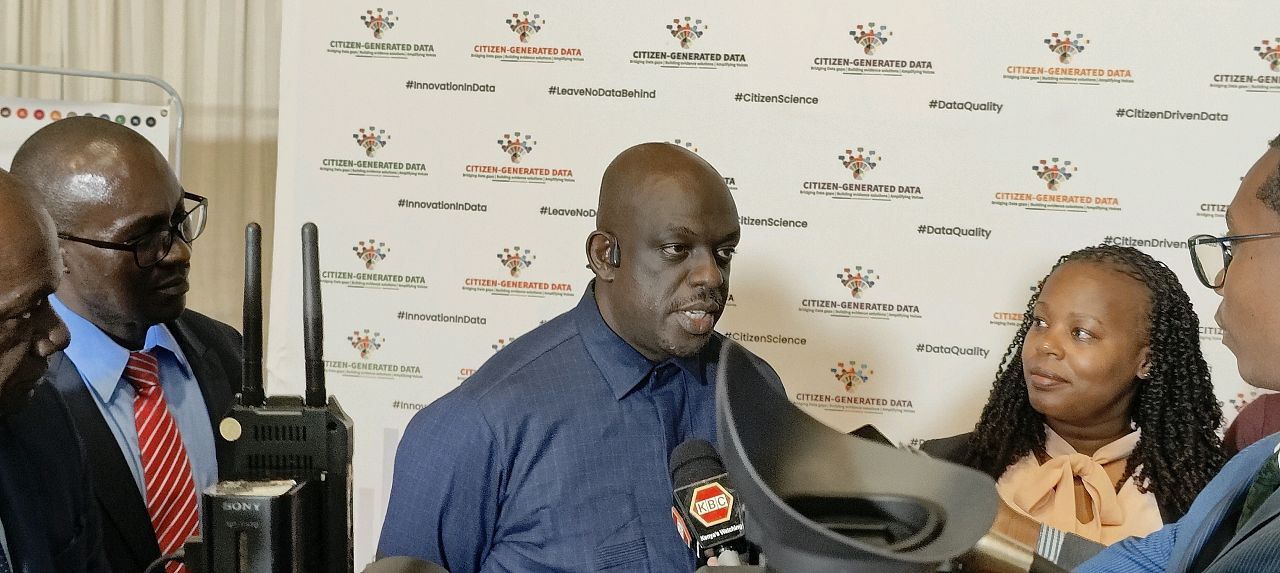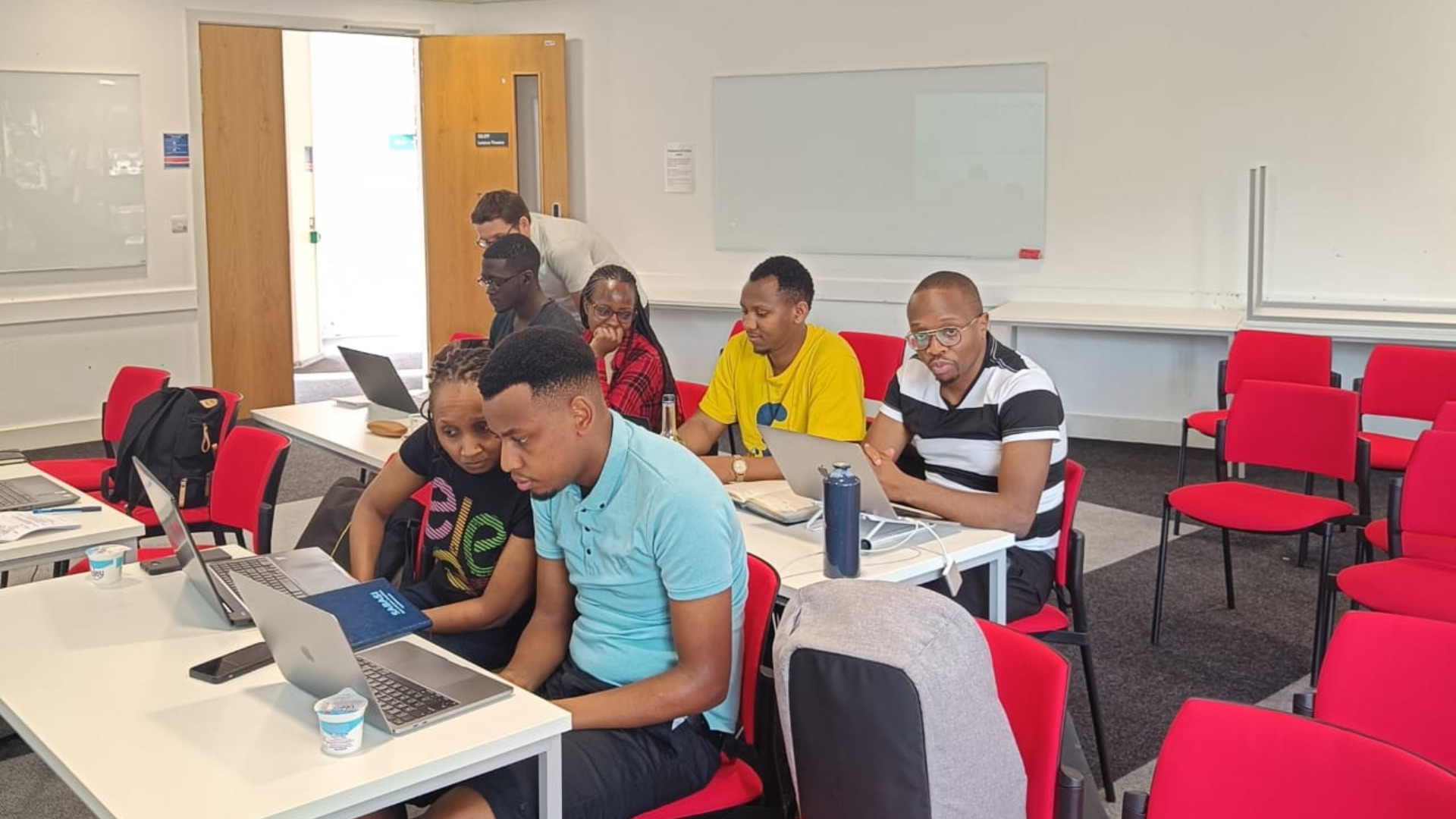The first day of the #Buntwani Locally in Lanet Umoja Location flew by with much excitement and activity. Over 300 community leaders arrived promptly at 9am (most had arrived well before time) and all of them got busy organising chairs into the double classroom that had been organised. The ladies that were catering for the event already had the food cooking and we were all working hard to make the day a success. Buntwani Locally, was well on its way.
Wait, lets get some background out of the way so you can understand better what was going on, yesterday.
I should describe the setting a little better. This Buntwani was held in the local primary school in Lanet Umoja location. A location in Kenya is a collective of villages – usually less than 5 and is administered by a chief. Each village roughly constitutes a sub-location, which is administered by a Assistant chief (also called a sub-chief. Several locations make a Division, which is administered by a Division Officer (now called an assistant County commissioner). Several Division Officers report to the County Commissioner, who is in effect the National President’s administrative representative in the county. Confusing? Here’s a diagram that might help.
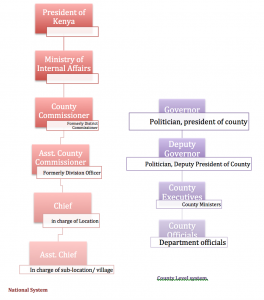 On the left you see the National Administrative Structure, from the president to the Assistant chief. On the right you see the County Government structure, which was created by the Constitution of Kenya (2010) and which in effect replaced the local governments that were headed by Mayors.
On the left you see the National Administrative Structure, from the president to the Assistant chief. On the right you see the County Government structure, which was created by the Constitution of Kenya (2010) and which in effect replaced the local governments that were headed by Mayors.
The Chief’s have a specific mandate to essentially maintain peace and good relations among citizens as well as be the government’s eyes and ears at village level. They have a very personal relationship with citizens. In fact, when one is applying for a scholarship or a sensitive job or something in Kenya, one is often required to go to their chief for a letter of introduction – essentially that states that the government recognises that person at home.
Mandate aside, the Chief is everything in a local community at village level – from policeman, to arbiter of land conflict, to youth guidance counsellor, to marital counsellor, to community elder, to environmental and agricultural officer – you name it and the chief’s it.
Chief Francis Kariuki (often known as the Tweeting chief), specifically excels in this role. In charge of Lanet Umoja, which consists of three sub-locations (Murunyu, Kiamunyeki and Umoja), he has appointed three Assistant chiefs to help him. He then went to the community of 29,000 people living in about 7,500 households and got them to elect 300 cluster leaders (a cluster of 10 – 20 households), who help him connect with his community better.
So back to Buntwani Locally. What were we doing?
As per our position on SDG’s released yesterday, the Open Institute takes the view that the Sustainable Development Goals are best achieved at the most local level possible. This is a view that is shared by Chief Kariuki, who has undertaken to try and work with his community to set some short term (2 years) SDG targets – the ones most relevant to them and together as a community work towards achieving them.
Upon discussing it with the chief and the Assistant chiefs, we agreed that the best way for the Chief to set these targets is to take the following approach:
 Develop a clear factual, data-driven baseline. The chief, already was collecting some household data on paper and we have over the past 3 months helped him to digitize over 4000 household records. We agreed to develop a more detailed questionnaire that would help him gather relevant household data on Crime (in line with Kenya’s Nyumba Kumi (10 houses) policy), education, health, disability, food and sustainability, environment and poverty. Once we had developed the form, the Open Institute developed a mobile based data collection app that is easy to use. This app will be provided to all the cluster leaders to collect data on behalf of the chief, in the 10-20 households that form each cluster. In developing the application and the form, we worked together with the community to ensure that it is user friendly. We iterated its design with them and then went around the community to test the app with them and see whether it works. Even the chief conducted his own interviews to double check that we were accurately building it according to the community’s wishes.
Develop a clear factual, data-driven baseline. The chief, already was collecting some household data on paper and we have over the past 3 months helped him to digitize over 4000 household records. We agreed to develop a more detailed questionnaire that would help him gather relevant household data on Crime (in line with Kenya’s Nyumba Kumi (10 houses) policy), education, health, disability, food and sustainability, environment and poverty. Once we had developed the form, the Open Institute developed a mobile based data collection app that is easy to use. This app will be provided to all the cluster leaders to collect data on behalf of the chief, in the 10-20 households that form each cluster. In developing the application and the form, we worked together with the community to ensure that it is user friendly. We iterated its design with them and then went around the community to test the app with them and see whether it works. Even the chief conducted his own interviews to double check that we were accurately building it according to the community’s wishes.
 Engage the community. At the Buntwani Locally event yesterday, we met with all the cluster leaders as well as youth and women leaders to talk about what Lanet Umoja’s SDG goals should be and what were the most important issues to them. The event, which was also attended by the Assistant County Commissioner of the area, and several chief’s from other locations also sought to provide training to the community on Social Media (it is the tweeting chief’s community) and a more detailed introduction to the SDGs, conducted by Development Initiative’s Davis Adieno. The training also included a detailed introduction to data, its value and importance to the community (We thank the World Bank’s Data Literacy for Good Governance program (led by Craig Hammer and Sandra Moscoso) for providing pilot data literacy training content and look forward to making this available to other local communities) and finally training of how to use the data collection Android application developed by the Open Insitute. We provided the community with 30 Android phones to start off the data collection process – which starts today.
Engage the community. At the Buntwani Locally event yesterday, we met with all the cluster leaders as well as youth and women leaders to talk about what Lanet Umoja’s SDG goals should be and what were the most important issues to them. The event, which was also attended by the Assistant County Commissioner of the area, and several chief’s from other locations also sought to provide training to the community on Social Media (it is the tweeting chief’s community) and a more detailed introduction to the SDGs, conducted by Development Initiative’s Davis Adieno. The training also included a detailed introduction to data, its value and importance to the community (We thank the World Bank’s Data Literacy for Good Governance program (led by Craig Hammer and Sandra Moscoso) for providing pilot data literacy training content and look forward to making this available to other local communities) and finally training of how to use the data collection Android application developed by the Open Insitute. We provided the community with 30 Android phones to start off the data collection process – which starts today.
- Analyse and make goals. The data that shall be collected in Lanet Umoja starting today, shall make its way automatically to populate a closed dashboard, managed by the chief and his assistants that will enable them to visualise the data and appreciate the state of Lanet Umoja location. Once the data collection is complete, the chief will open up the data (taking care to keep the personal information of his community, private) and together with his community leaders agree on the top 5 SDG goals that Lanet Umoja will focus on – based on the data.
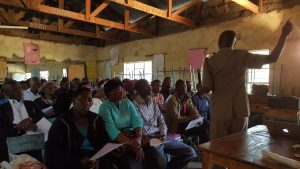 Yesterday’s event was remarkable. It was exciting to see the Community Leaders, many of whom are long retired, taking a keen interest in the trainings. The level of ownership was considerable – the community organised the event themselves at the school. The catering was done by women groups from the area, the PA system was hired from the local youth group and everybody pitched in to organise chairs, clean up the school after we were done etc.
Yesterday’s event was remarkable. It was exciting to see the Community Leaders, many of whom are long retired, taking a keen interest in the trainings. The level of ownership was considerable – the community organised the event themselves at the school. The catering was done by women groups from the area, the PA system was hired from the local youth group and everybody pitched in to organise chairs, clean up the school after we were done etc.
Today, the community leaders are starting to apply the things that they learnt yesterday. In groups, they will traverse the villages and start to collect data. Look out for the updates from that on twitter #buntwani
Here’s a flavour of yesterday’s proceedings.


